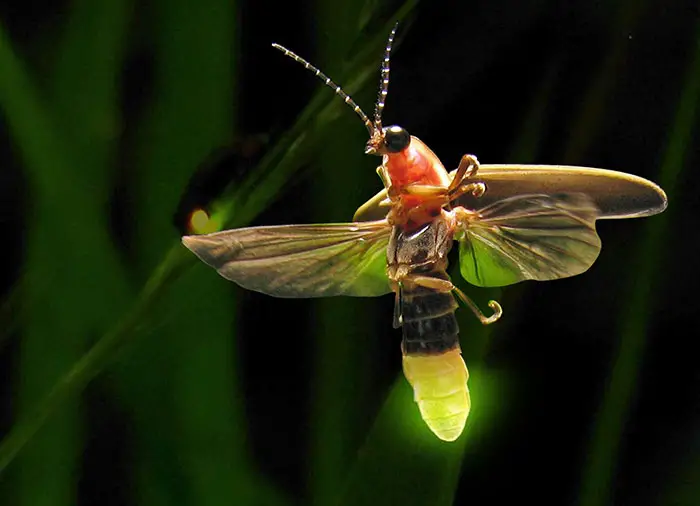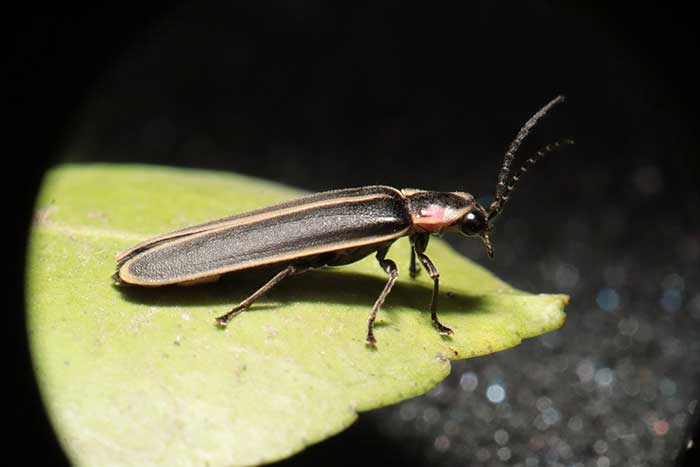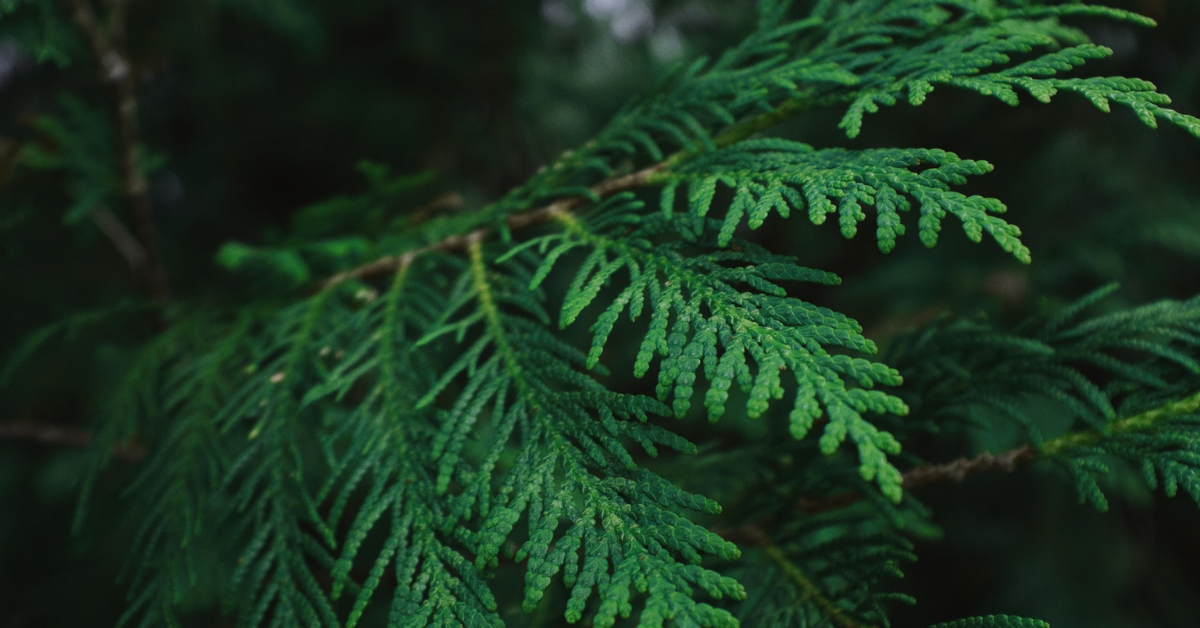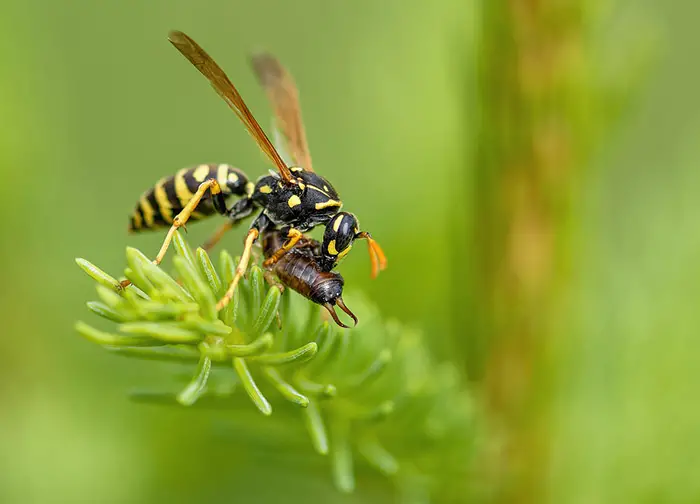Introduction
Fireflies are insects that we all have been identified from our childhood. When we remind our childhood memories, many of us have had a curiosity about this firefly. The main reason for that was the light emission ability from their backside of the body. Therefore we have enjoyed catching them a lot alive and keeping in a transparent bottle. But how many of you know the accurate information about this insect. This article is about the beautiful life facts and myths of the firefly or Light Bugs.
There are about 2000 species of fireflies have been identified throughout the world. Fireflies are members of the Lampyridae family. Like all other insects, Firefly undergoes a complete metamorphosis life cycle with four different life stages. They are eggs, larvae, moths, and adults. Let’s explore each part of their life cycle.

Egg stage of Fireflies
A firefly’s life cycle begins from an egg. After the intercourse has happened, the female one laid about hundreds of round shaped eggs. Eggs laid in soil or surface of the soil as single egg or clusters. For this, Fireflies tend to select the wet soil, and mostly they select a covered space or a mulch to layup their eggs. Because it has a limited chance of getting dry the soil. Some fireflies don’t lay their eggs directly on the soil. They lay their eggs on the plant surface. After three to four weeks, larvas are coming outside from these eggs. Some firefly eggs are bioluminescent. Therefore if you are lucky, you can encounter it if you willfully explore your garden surrounding.
Larvae Stage
Like most beetles, firefly larvae appeared as worms. These worms are called glow-worms. Did you really know about this fact? Glow-worm is not a separate species. Dorsal lobed appeared as a flat shape, and those lobed spreading back and sideward by overlapping each other. Firefly larvae also emit light—the ability of light emitting from the live organism’s body called Bioluminescently. Not only the firefly has this Bioluminescently, but some other organisms can emit light from their body. Firefly larvas live inside the mulch.
At night they hunt Slug, Snails, Worms, and other Beetles. They grab the bait and spray the digestive enzymes on it. Then the bait is getting exhausted and died. After that, due to the digestive enzymes, the bait turns into a liquid. That digested liquid eat by Firefly larvae. Some Firefly species’ larva stage lasts for more than one year. When the larvae growing, their exoskeleton is removed. Thus sloughing of their exoskeleton happened several times until it becoming a pupa and a new exoskeleton formed. Larvae grow about three fourth of an inch before the pupa stage. However, the length of the larvae can be varied according to the species.

Pupa stage
When larvae gradually become a pupa phase, they go inside the soil and make a chamber from the mud. Then they spend their entire life inside this chamber until it becomes an adult. However, larvae of some other species connect with a bark of a tree and hang it upside down, and make a cocoon as butterfly larvae. The predominant transformation occurs inside the cocoon or the pupal stage of the fireflies. During the histolysis process, the Firefly pupa body brake, and transformative cells become active. This cell type is called histoblast, and this cell type begins the biochemical reaction of pupa to turning into an adult. After completion of metamorphism, the adult one comes to the outside. This takes ten days to several weeks. It depends on the type of species.
Adult stage
After coming to the outside environment as an adult firefly, their next main task is reproduction. They are flying while emitting lights to attract the opposite sex individuals. Basically, males fly low height from the floor and emit the special organ’s signal lights in their abdomen. The females who are staying at the bushes expect this special invitation of males. This special communication between males and females of Firefly ends up after their mating has completed. Sometimes adult fireflies are not getting food. After the reproduction process, they get died. If they need food, then they hunt other insects.
Sometimes female fireflies use strange hunting tricks to attract male one of another species and victimized them. However, there are a few details about the food pattern of adult fireflies have been identified. Some researchers believe that they feed on pollen and honey.
In some species, female fireflies can’t fly. Those female ones are similar to larvae of fireflies, and they have large combined eyes. Some firefly species do not emit light. As an example, the species which has identified from western Kansas from the USA are not glowing.

What do fireflies eat
The larvae stage of the Firefly eats most food. Because they need to fix the more energy to spend the pupae stage. Most Biochemical reactions happen during the pupae stage of most animals who undergo metamorphism. They hunt on Snails, Slugs, warms, and other Larvae. They prefer to hunt soft-bodied small animals at night. Because they can use their light on the backside as bait for attracting prey.
Some adult fireflies feed on pollens of flower or nectar while others feed on small species of Fireflies. However, most adults do not eat anything. Because they have a short life span which last several weeks and finding a mate for reproduction.
If you have fireflies in a transparent bottle, you can feed them by giving sugar water since some feed on nectar. However, we don’t promote keeping this beautiful and rare creature inside a captive condition. They belong to nature and deserve free fly in the sky.
Myths about the fireflies
Here is a strange myth among the Asian people about the Fireflies. If glow warms get bitten, someone needs to get stars from the sky and mud from the sea to treat them. This tends to express that glow-warm is a very poisonous one. But actually, it is not a true story. Fireflies are not venomous or poisonous insects at all.

Conserving insect
Finally, this should be said. You may remind that we could see many of the fireflies in the sky flying with blinking light. But nowadays it has completely changed, and we can see them rarely in the sky. We can’t tell the exact reason for this situation, but human activities may be the direct reason for this. Some researchers assume that pesticide contain in the anti-mosquito coils (trans-allethrins) is lethal for fireflies. Fireflies are beneficial organisms for agriculture. They are natural pesticide organisams. They hunt and control the population density of Snails, Warm species, and other harmful insects, which have an adverse effect on cultivation. Traditional people knew about this fact, and therefore they didn’t allow to destroy these insects. If the rate of destroying continues, we would not be able to see the natural blinking light in the sky in the future.
Suppose you inspect the place where glow-warm life, you can also find the dead snails’ shells. Insecticides and pesticides used for paddy fields and other cultivations may be a reason for reducing the population of these fireflies. This could lead to the imbalance of natural equilibrium and expect the increase of harmful pest population. Humankind is destroying the Earth day by day. We are experiencing the consequences of what we have done against the environment. So let’s protect nature being like a natural organism, not being like an artificial organism.







